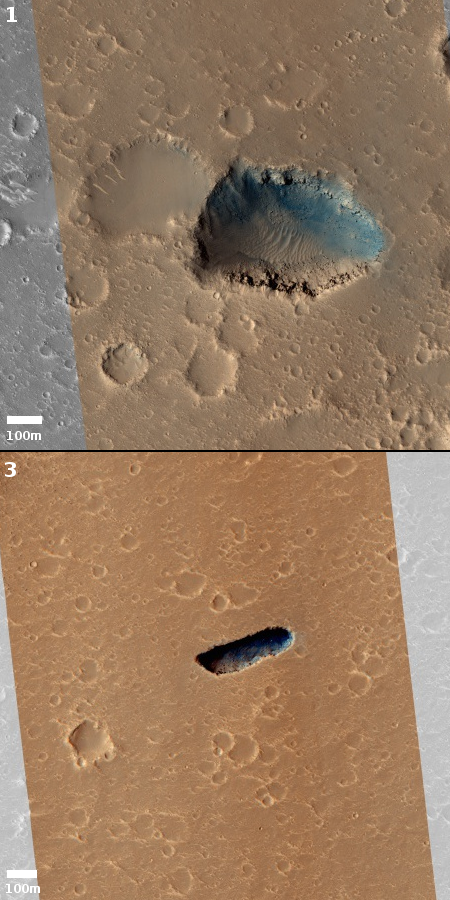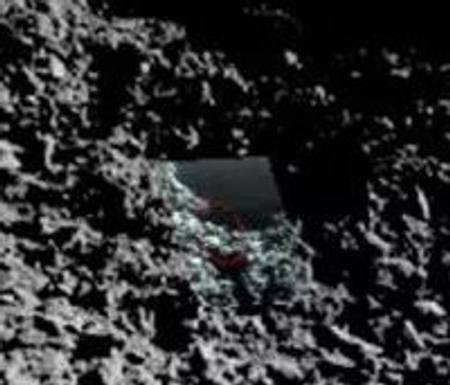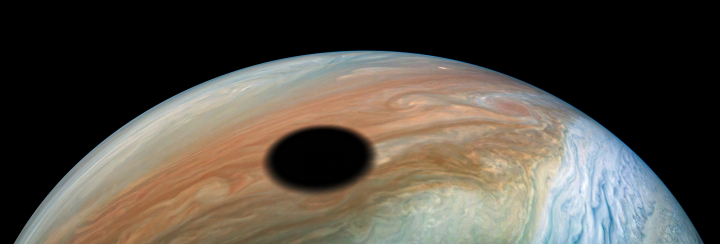They’re coming for you next: A climate forum set up by the Republican club at Georgetown University College was so disrupted by screaming protesters that the police had to clear the room.
At the start of “Climate Forum: A Rebuttal,” protestors packed the room and, beginning with the introduction of the first speaker, shouted talking points, various obscenities, and hostile chants.
Despite campus free speech policies announced clearly by the hosts at the start of the event, the harassment continued. Amid the frequent disruptions, a protester dressed as a clown intermittently honked a horn.
The College Republicans called campus police, who tried to remove those interrupting the event, but the students refused to comply. They argued with the officers, refused to show the officers their student IDs, and declared the room an “open forum.”
Eventually, police had to clear the room entirely in an attempt to gain control of the situation. The hallway flooded with protestors — as well as students who appeared genuinely interested in listening to the panelists. Numerous campus administrators and even more officers arrived as the event remained postponed.
The panel finally restarted after police had blocked all but one doorway and refused entrance to anyone with signs. But some hecklers made it through, including one protester who had to be escorted out, but not before ensuring all attendees they are “on the wrong side of history.”
Note also that prior to the event and before they had heard anything, the Georgetown Democratic club condemned the forum,
Let us summarize what this event has taught us:
1. Those who believe in global warming are so close-minded that they are entirely unwilling to listen to another perspective.
2. Those who believe in global warming are so close-minded that they are determined to prevent anyone else from hearing another perspective.
3. Those who believe in global warming are so close-minded that they are determined to prevent anyone with a different perspective from speaking.
4. Those who believe in global warming are even willing to commit acts of violence to enforce numbers 2 and 3 above.
5. Law enforcement and the college administration at Georgetown are terrified of these protesters, and are unwilling to do anything to enforce the law and prevent those protesters from doing numbers 2, 3, and 4.
None of these lessons are very hopeful, because eventually this behavior will routinely lead to violence and possible death. In fact, it already has nearly done so in a number of places, such as the shooting at a Republican congressional baseball practice in Washington in 2017, and the routine violence in Portland whenever conservatives try to publicly demonstrate.
And it is why we got Trump, because unlike the police and administrators at Georgetown, Trump does not bow to this kind of childish and close-minded behavior. He fights back.
Finally, in what way do these protesters think they are going to persuade anyone to their perspective, with this kind of behavior?








